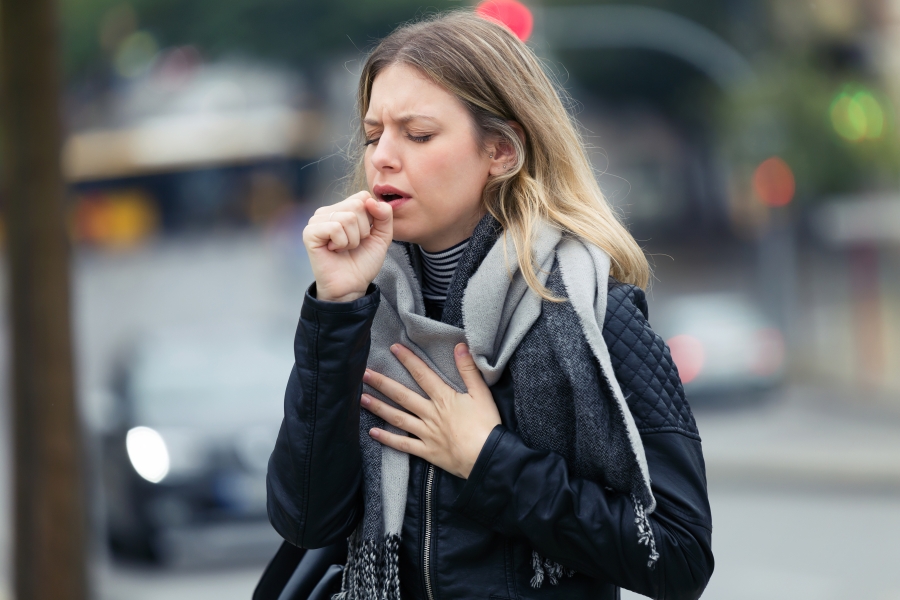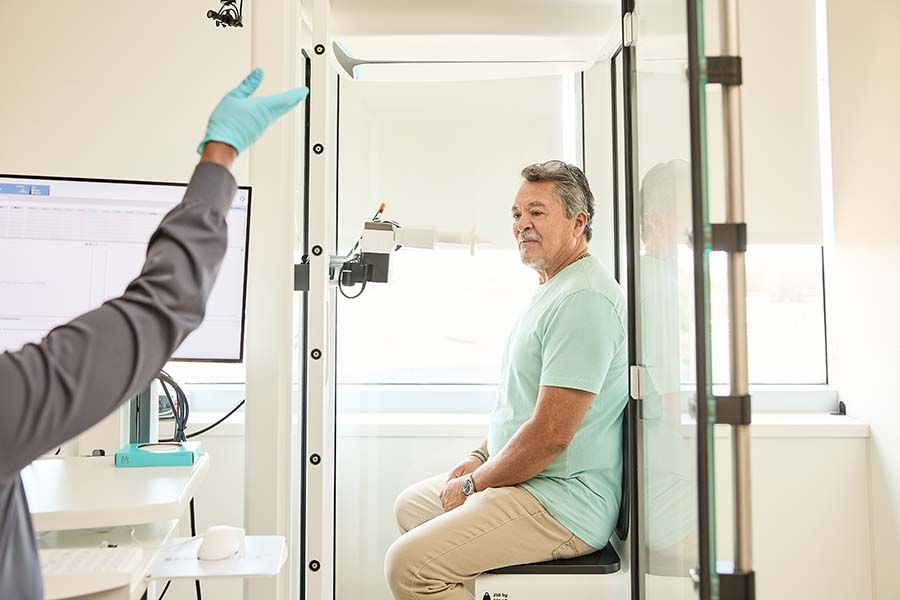During the summertime, you may feel the pull of sunshine and blue skies luring you outdoors. For many people with chronic obstructive pulmonary disease (COPD) or asthma, however, the heat and humidity of summer coupled with higher ozone and pollen levels can make breathing difficult.
The key to enjoying summer while also managing your COPD or asthma symptoms is to:
- Know your triggers.
- Monitor your symptoms.
- Be aware of how you feel.
- Be compliant with all of your usual inhaled maintenance medications.
Here are my top tips to help you enjoy summer with every breath:
1. Keep cool.
If you get overheated, your body will call for more oxygen to help bring your temperature down. You might experience this as breathlessness.
To avoid an asthma attack or a COPD flare caused by overheating, stay indoors during the hottest parts of the day. Plan to go food shopping, run errands and attend appointments in the morning — when it's cooler and the sun is not as hot.
- When you do go outside, keep to shaded spaces.
- When you’re indoors, use air conditioning or place fans around to stay cool.
If you cannot afford cooling devices, the Department of Energy’s Weatherization Assistance Program or Philadelphia Corporation for the Aged may be able to help you upgrade your home’s cooling system.
2. Don’t overexert yourself.
Whether you’re into gardening or performing pulmonary rehab exercises, don’t overexert yourself. Exercising heavily in the sun can leave you short of breath.
To work outdoors safely, limit your activities to the coolest hours of the day and stay mindful of how hot you feel or how well you’re breathing. Or better yet, exercise indoors if possible to avoid heat fatigue.
3. Watch the weather forecast.
Keep an eye on the summer forecast so you can schedule outdoor activities, including errands and recreation, to your benefit. Aim to be outside during the coolest, least humid times of day, such as early in the morning or later in the evening.
Many weather apps also include an allergy forecast, so you can plan your outings for days with projected low levels of pollen or ozone.
4. Dress appropriately for the heat.
To prevent the type of overheating that can cause a COPD or asthma flare, wear seasonally appropriate clothes made of cool summer fabrics (cotton, linen). Wear a face covering made of a breathable fabric like cotton that doesn’t create additional heat around your head and neck.
5. Stay hydrated.
Your body relies on water to keep cool. Whenever you sweat, you lose valuable coolant. To breathe easily this summer, be sure to drink plenty of water and avoid dehydrating beverages like caffeine and alcohol.
If you have heart failure in addition to pulmonary disease, check with your doctor regarding your individual fluid intake guidelines.
6. Control your home’s humidity.
Humidity levels rise during the summer, which can feel suffocating. Avoid going out on extremely humid days. When you’re indoors, an air conditioner can lower humidity levels. Installing a dehumidifier can bring the humidity of your home down even further.
7. Follow your COPD or asthma action plan.
Your Action Plan sets out what to do to care for your condition every day. It also provides a way for you to evaluate a summertime flare to determine if you require emergency medical assistance.
Create an Action Plan with your doctor, and make sure your family members know where the plan is and how to use it.
We’re Here for You
By planning ahead for summer activities, staying hydrated and keeping cool, you can enjoy all that summertime has to offer — even when you’re managing lung disease.
If you have questions or concerns about your treatment plan — or if you experience an exacerbation — do not hesitate to contact your doctor at Temple Lung Center.

